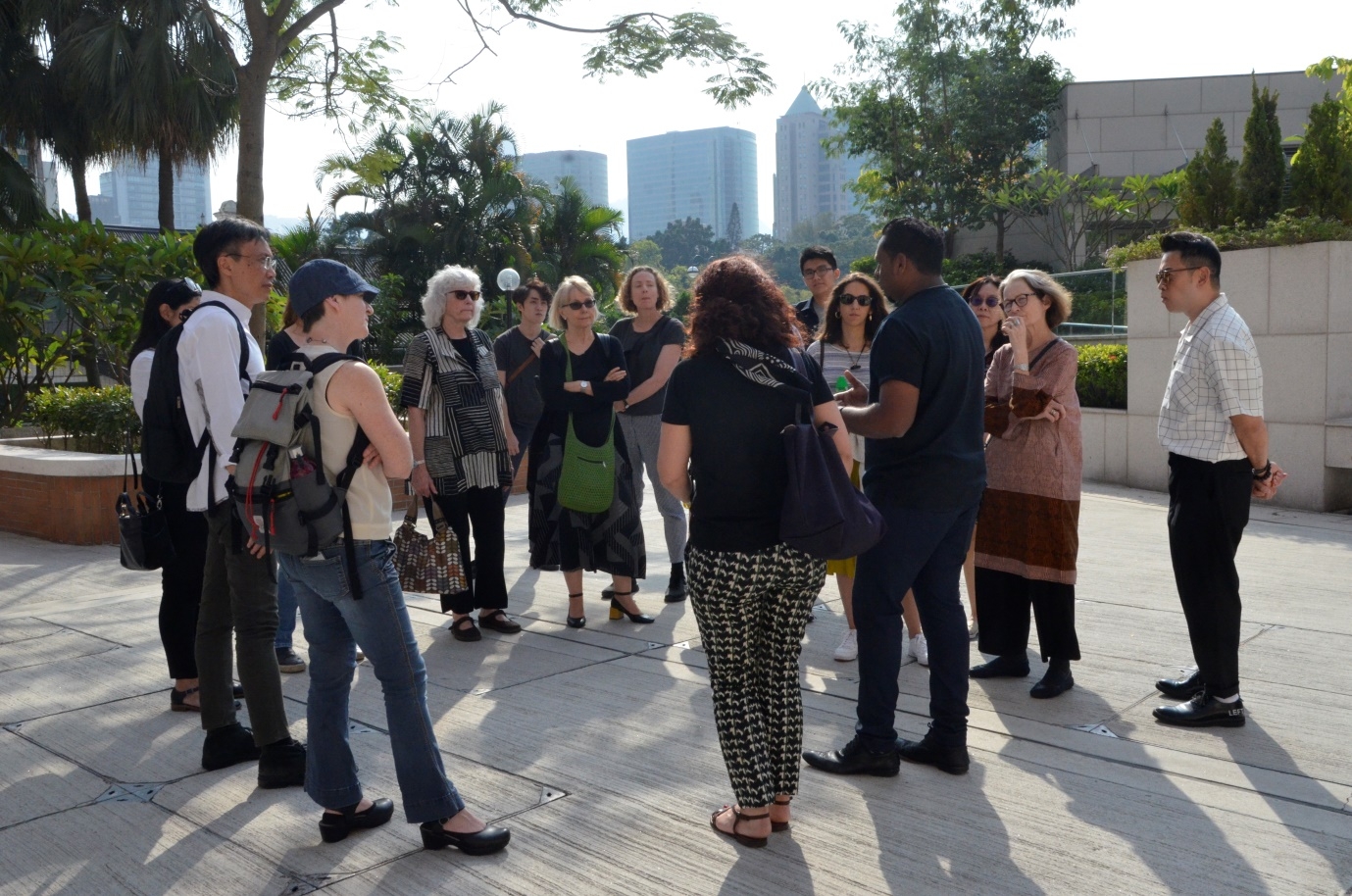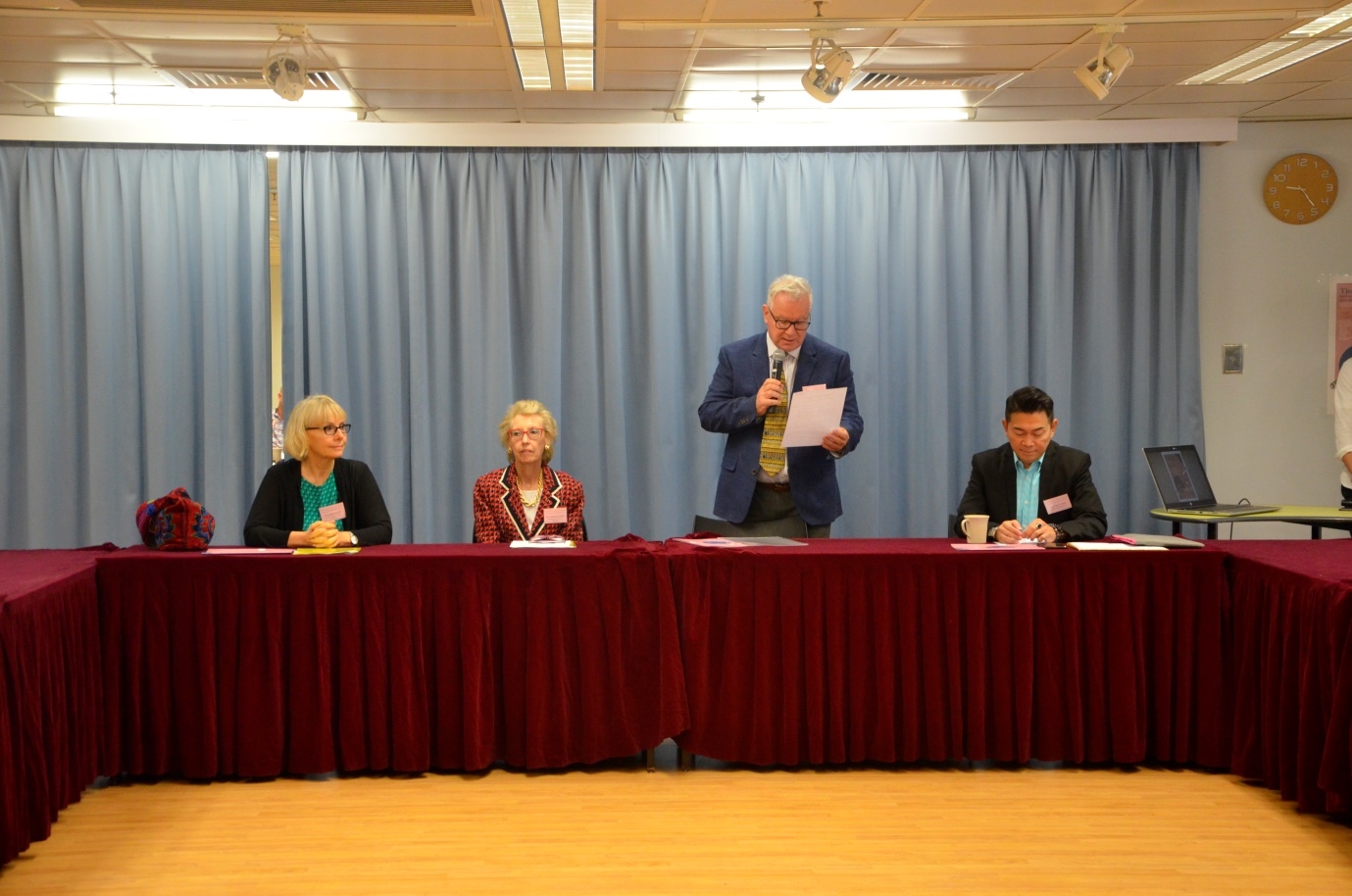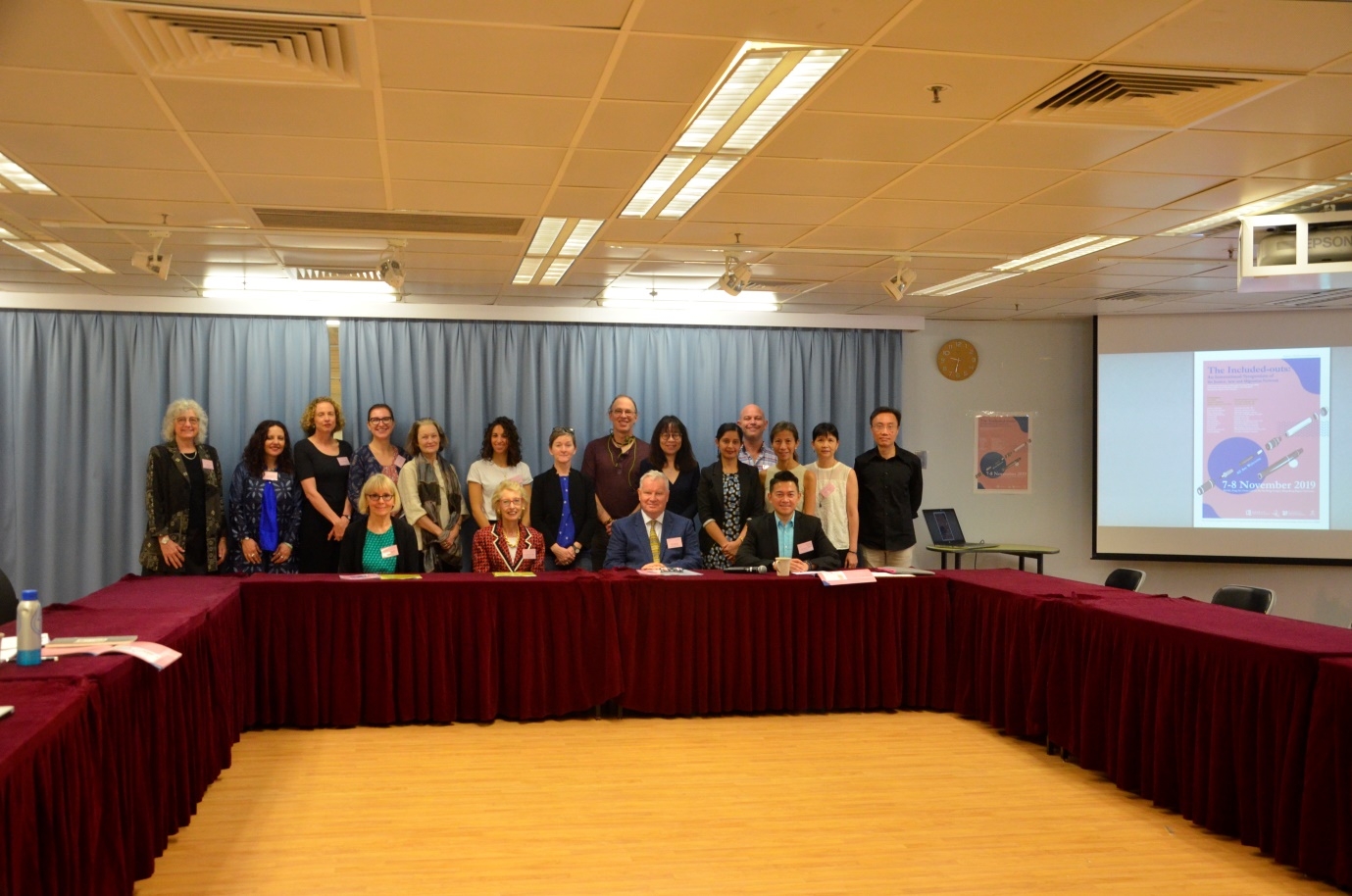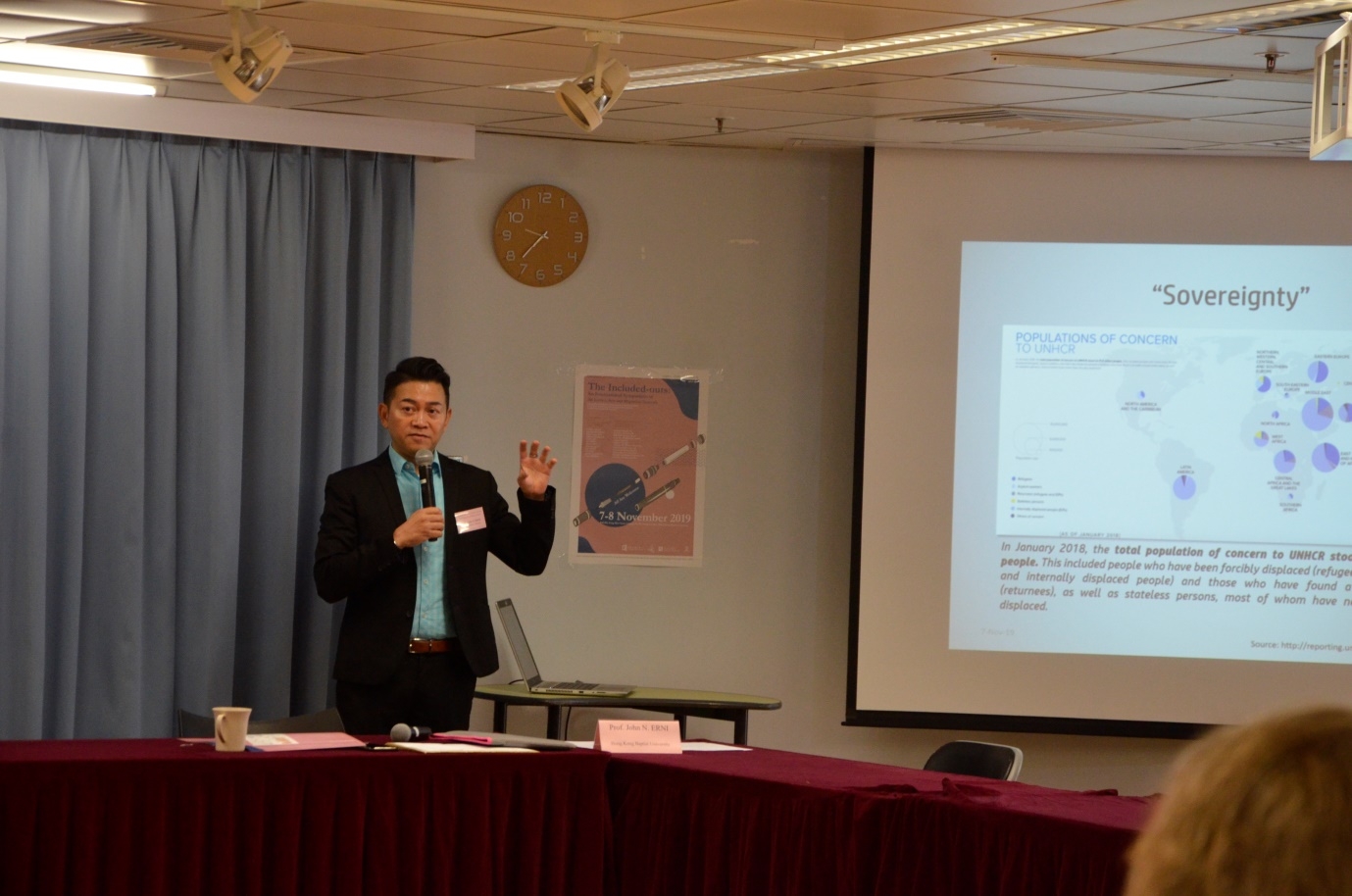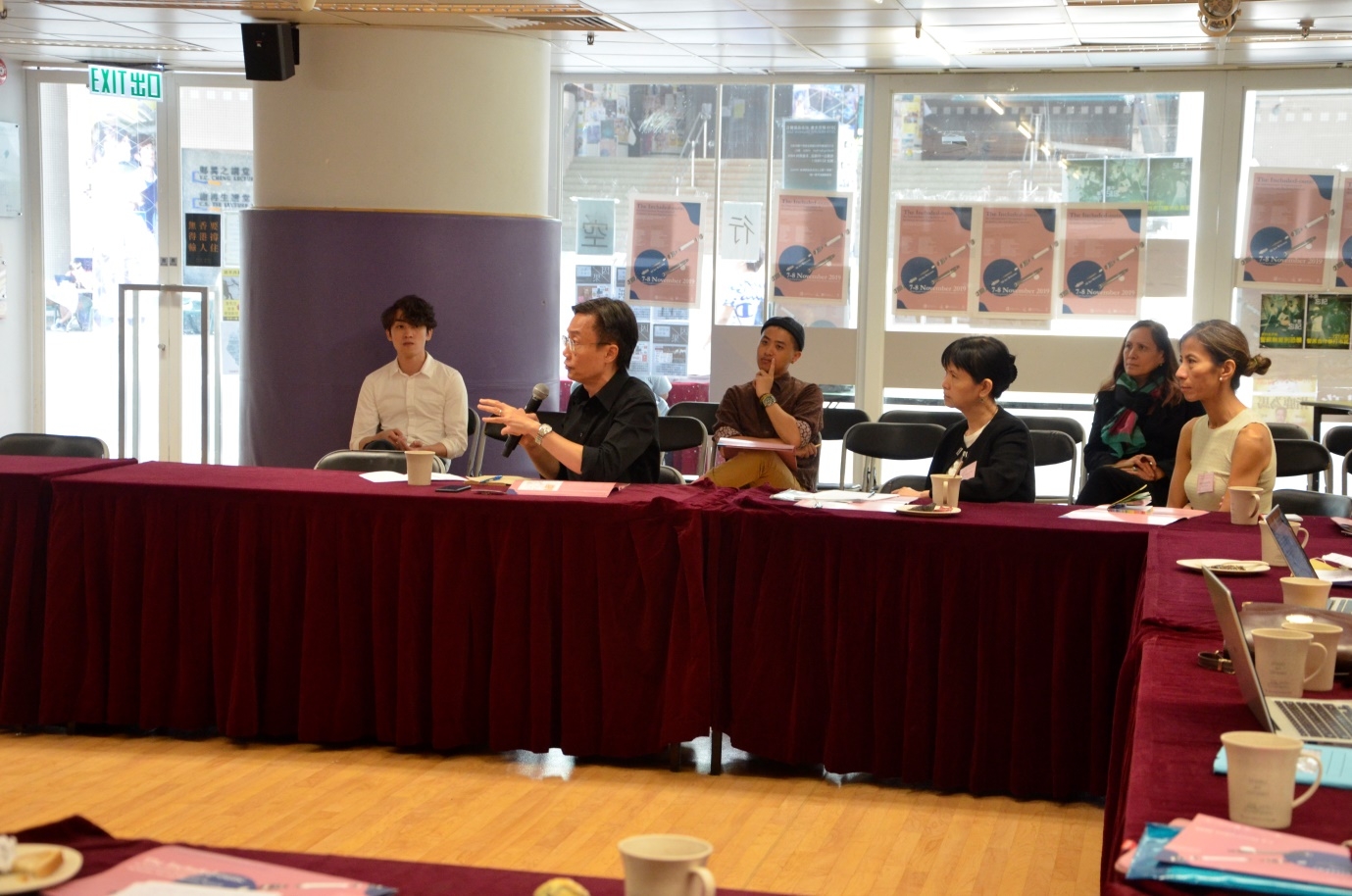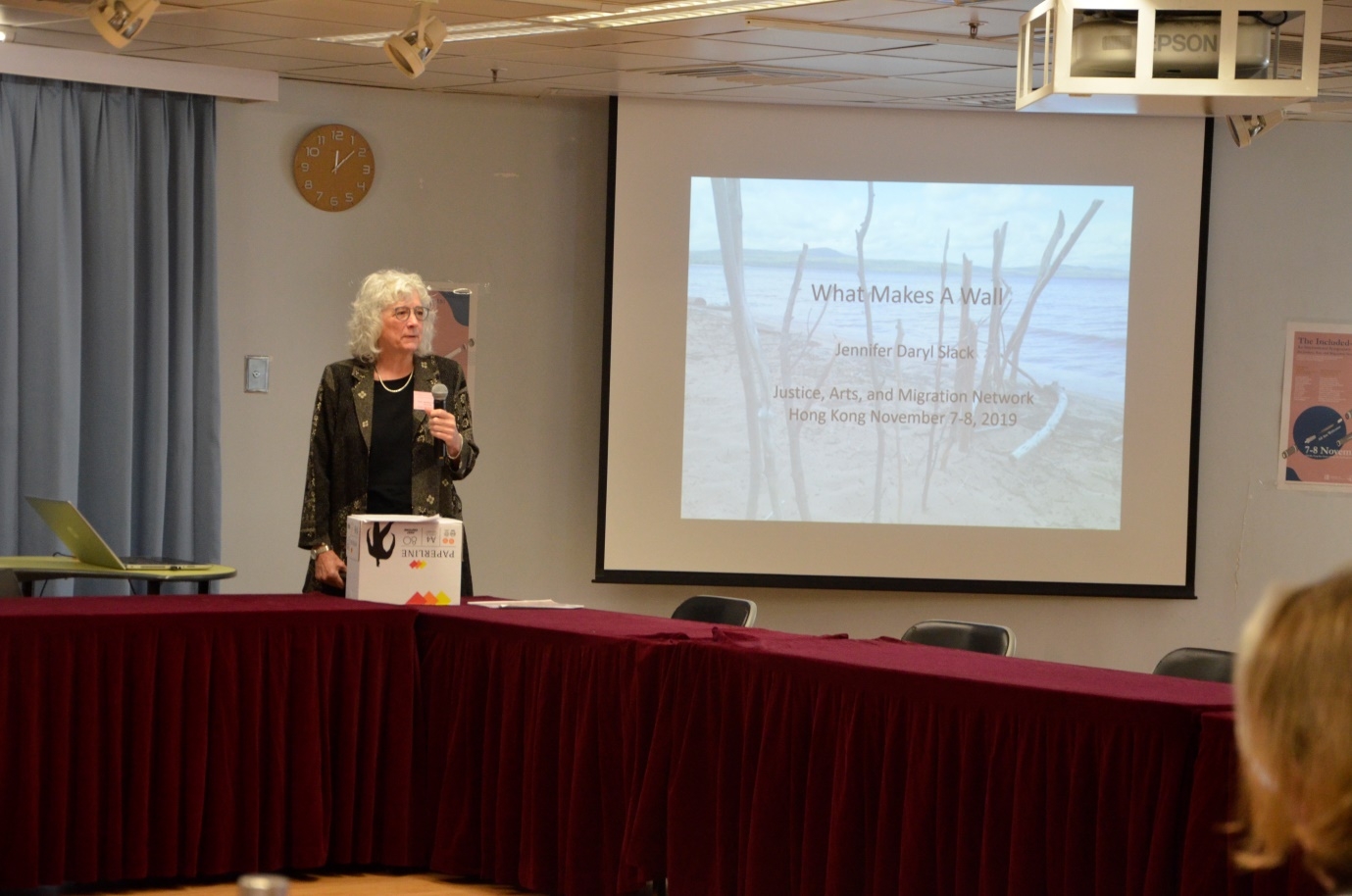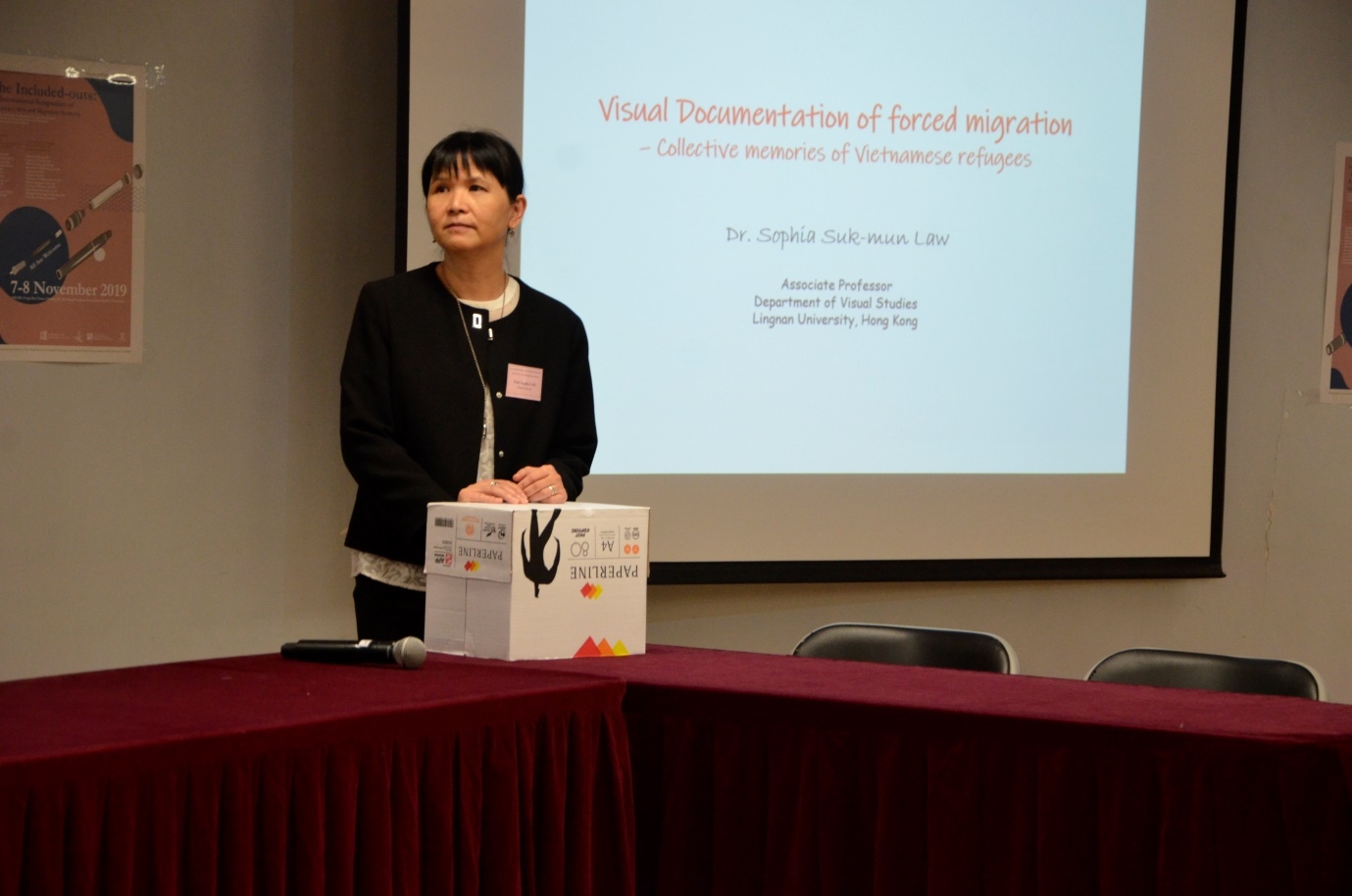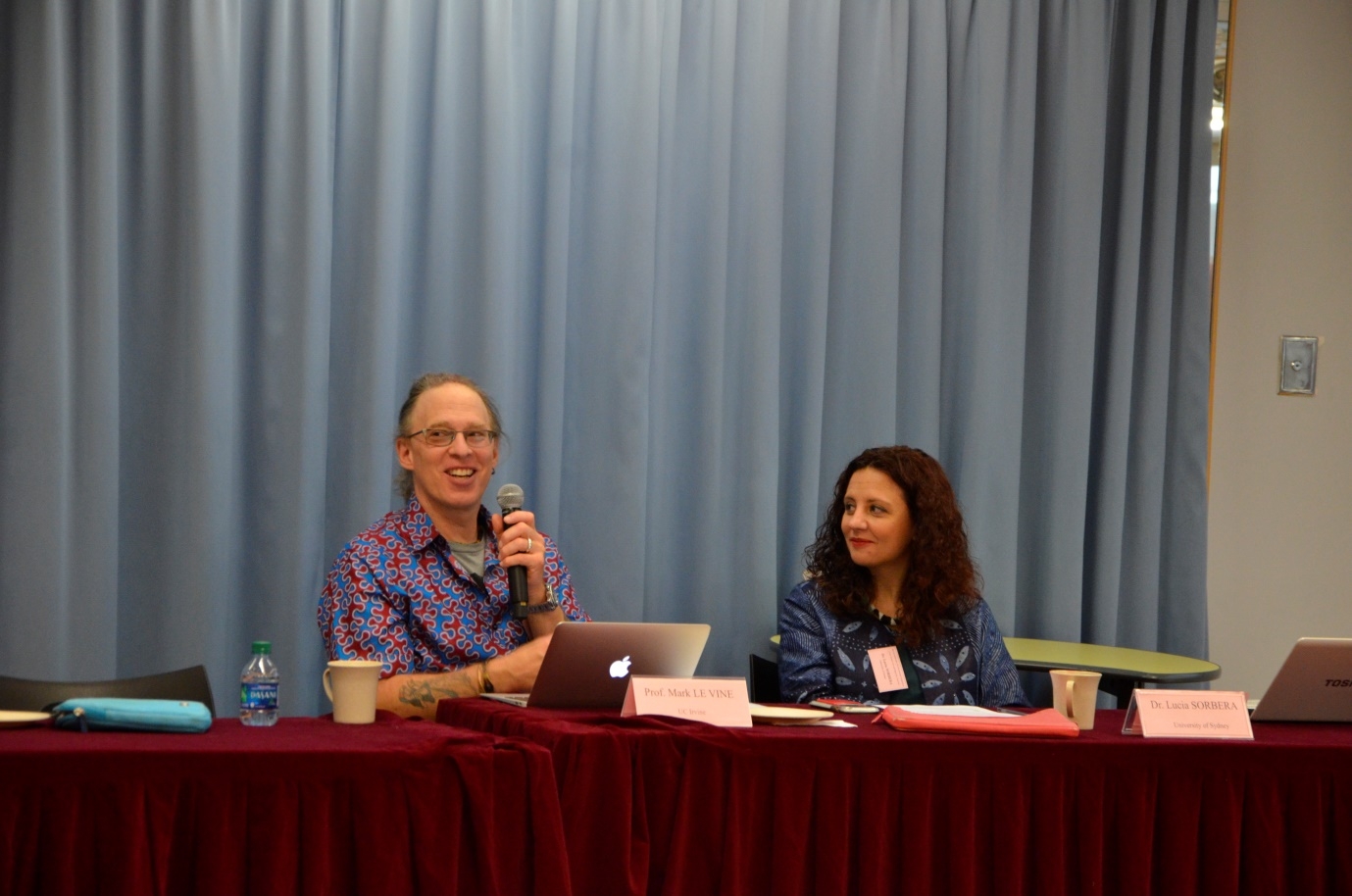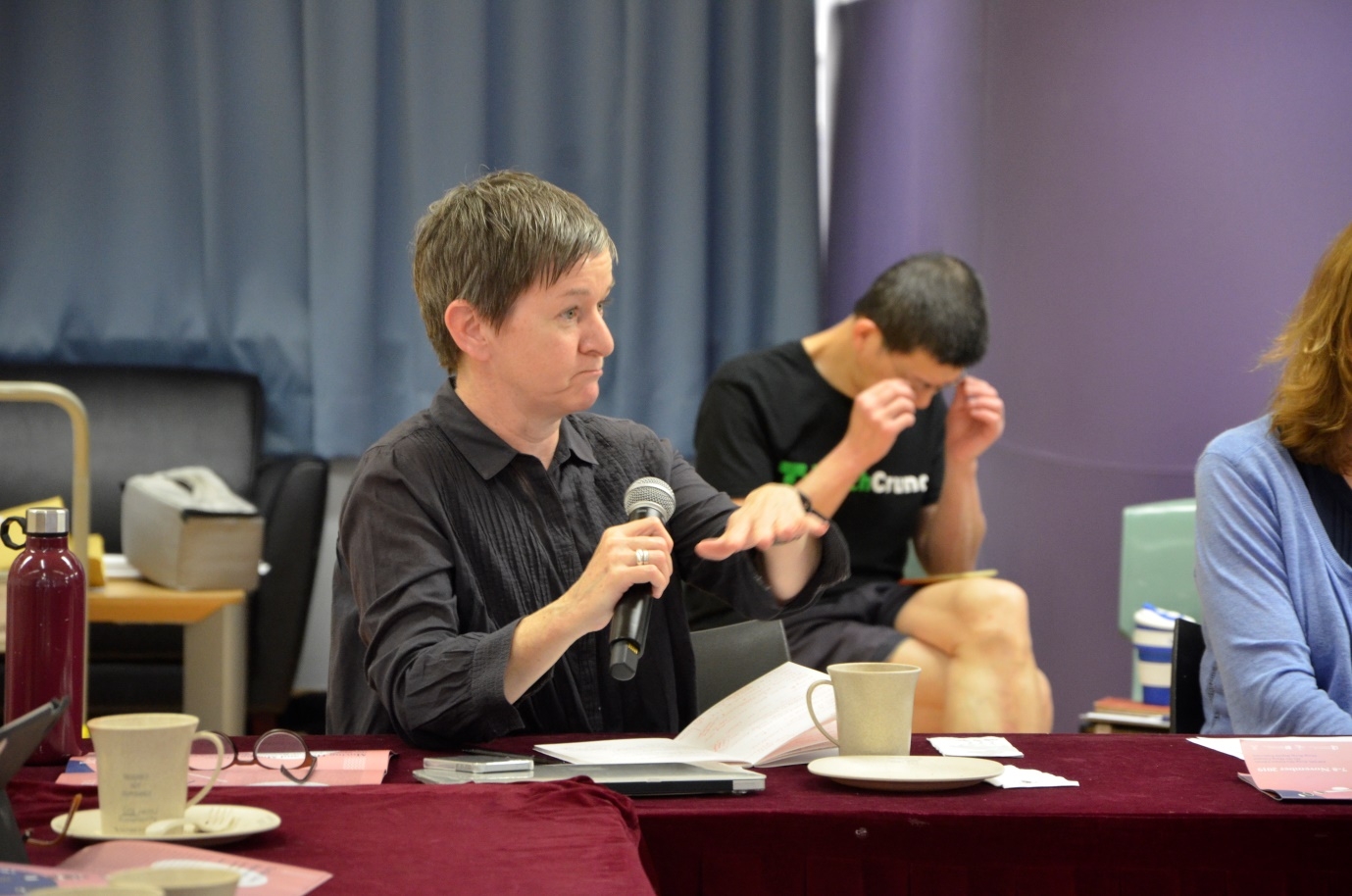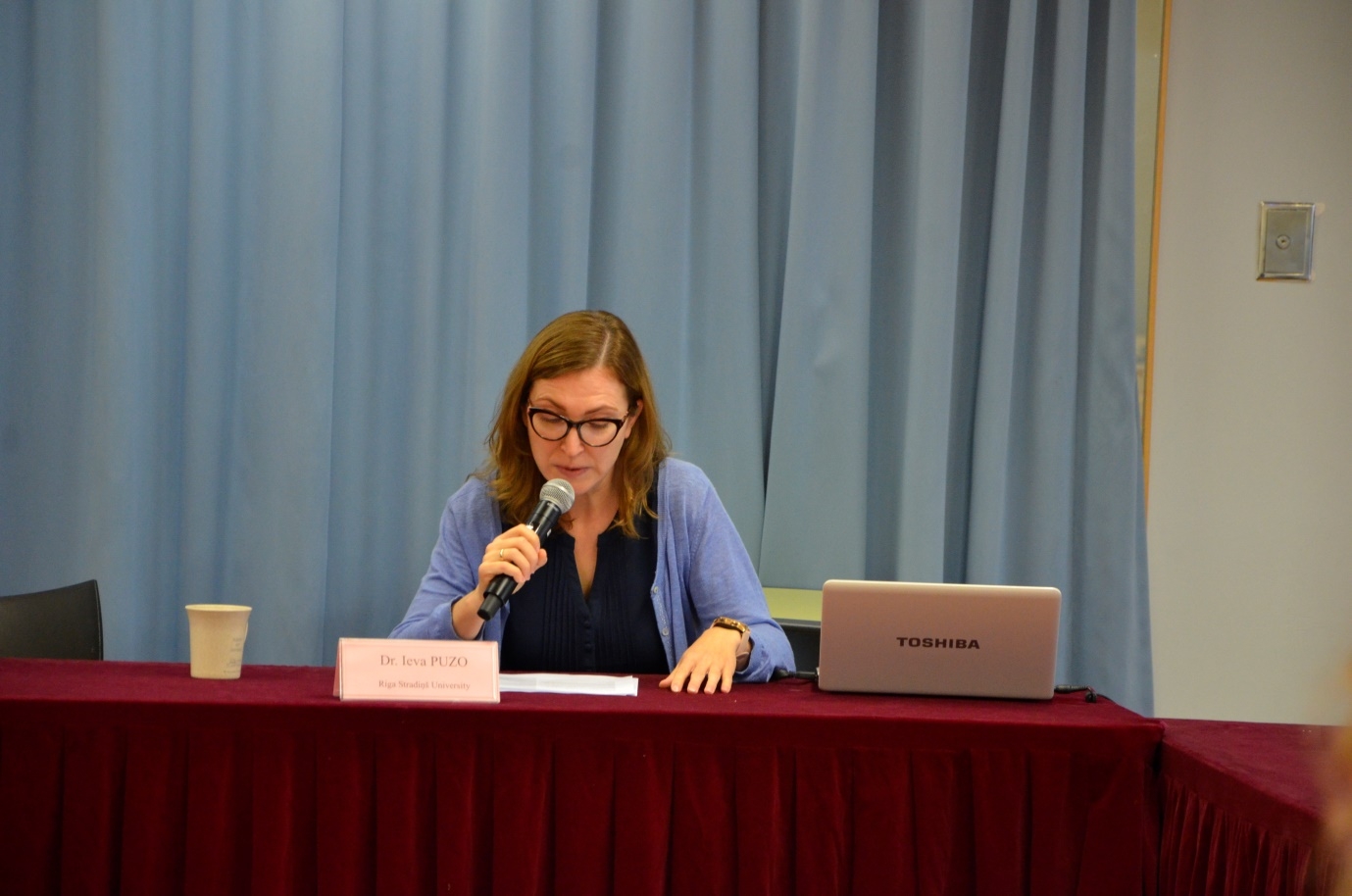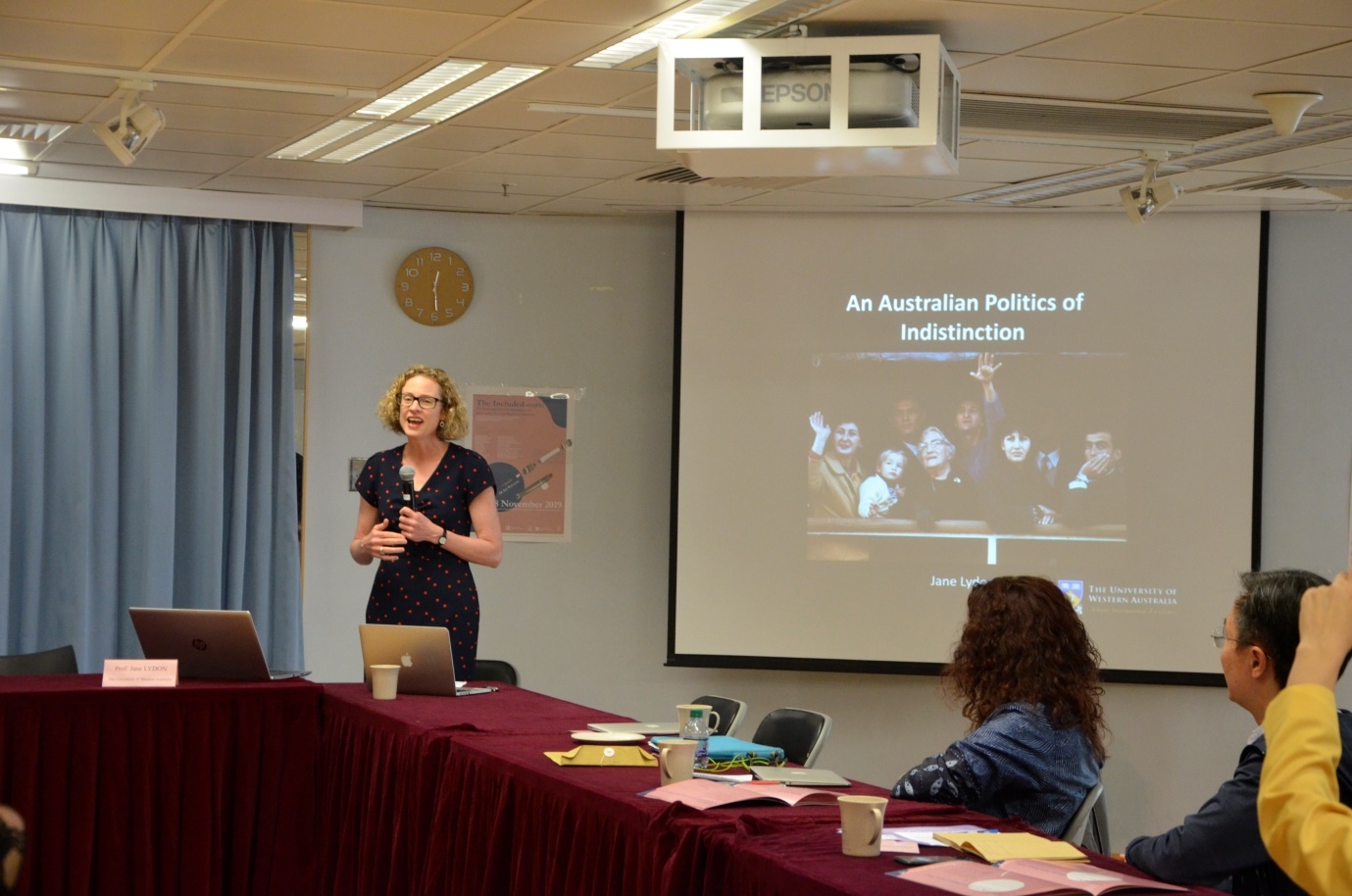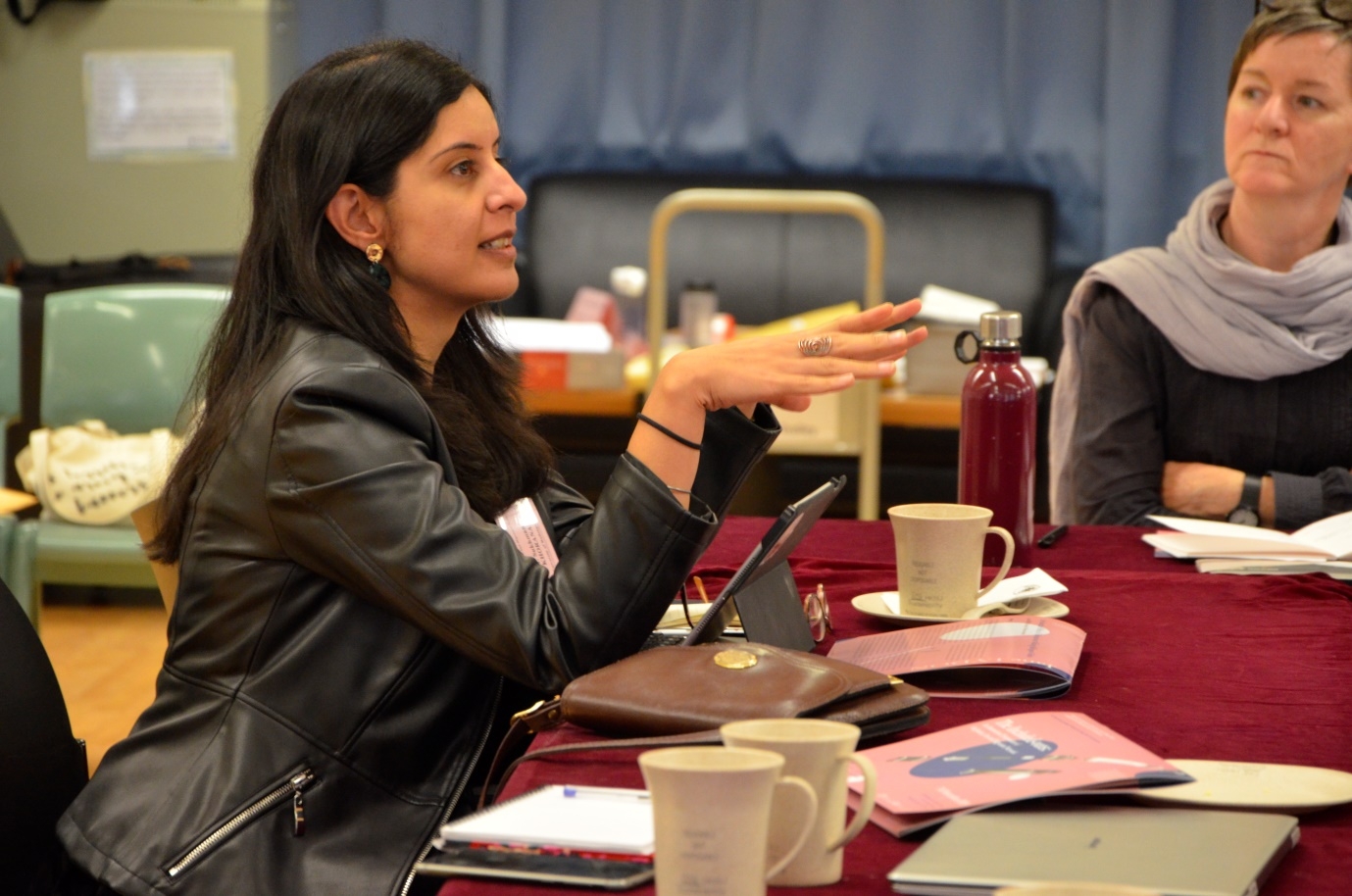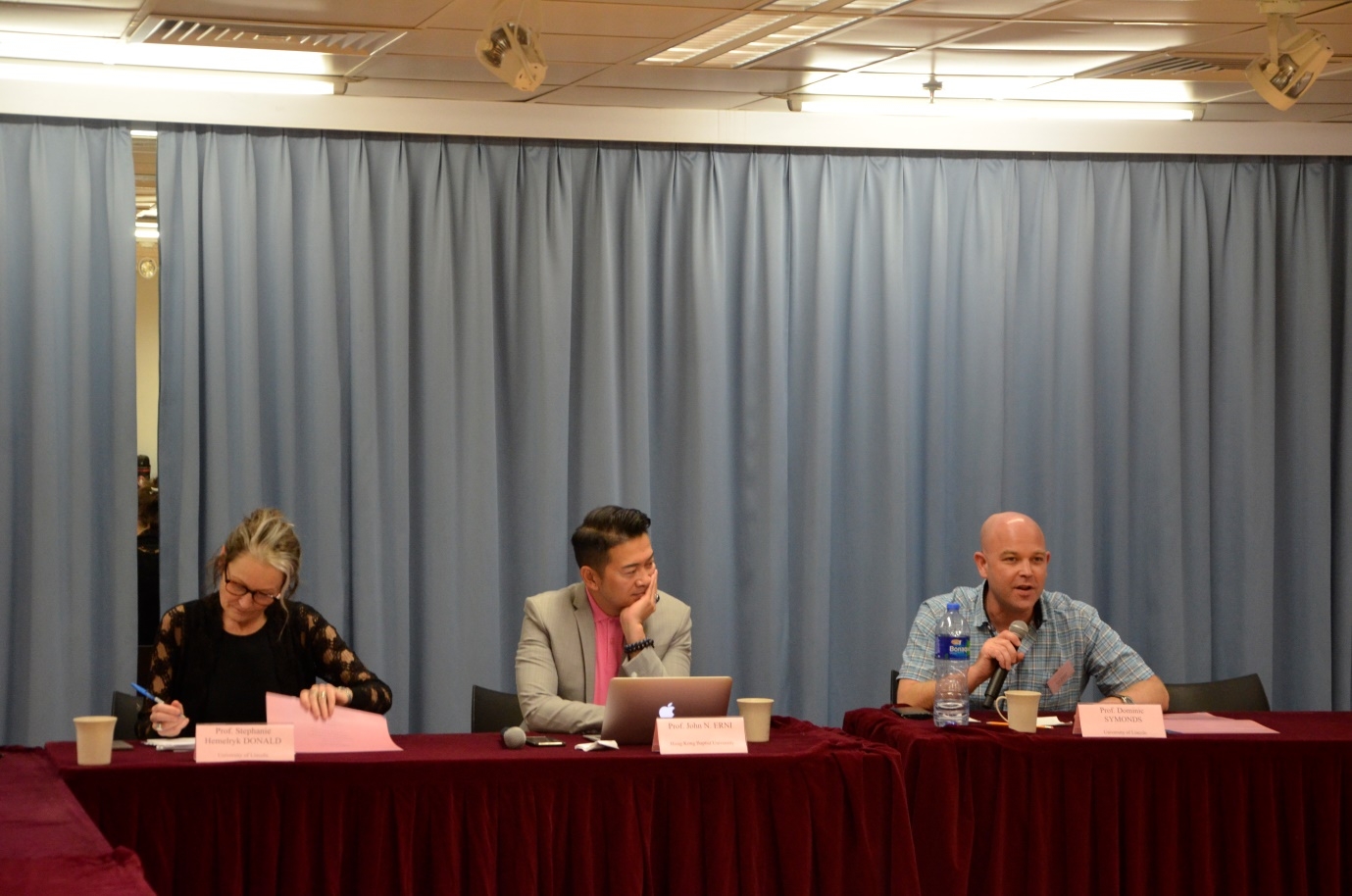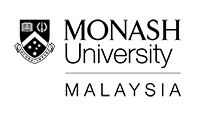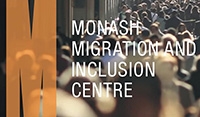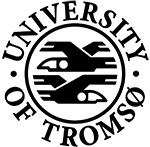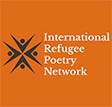The Included-outs: An International Symposium of the Justice, Arts and Migration Network
07/11/2019 - 08/11/2019
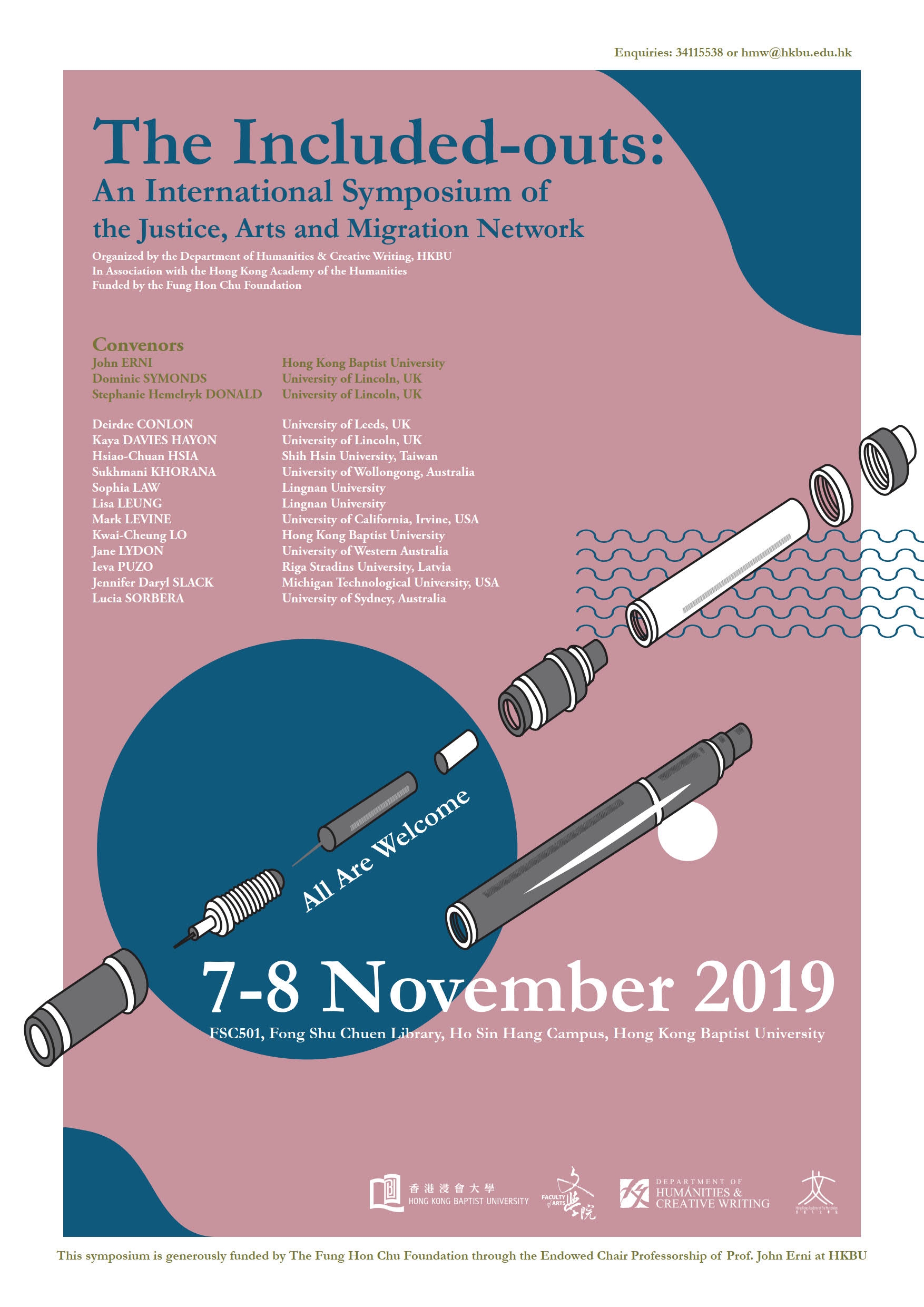
Venue: Hong Kong Baptist University
This International Symposium is funded by the Fung Hon Chu Foundation and the Department of Humanities and Creative Writing at HKBU, and supported by the Hong Kong Academy of the Humanities.
Organizing team of JAM:
-
Professor John ERNI, HKBU
-
Professor Stephi HEMELRYK DONALD, University of Lincoln
-
Professor Dominic SYMONDS, University of Lincoln
Format: Each participant is invited to present an original essay previously not published, for 40 minutes, followed by 30 minutes of discussion, in order to allow for a meaningful, in-depth exploration. The Symposium is endeavored to publish a volume of these original essays.
Description:
The current and ongoing rise of forced migration worldwide is leading to multiple interventions and commentaries from the cultural, arts and education sectors. In many ways, these activities are laudable and necessary. There is also a growing awareness that making work “for” and “about” people in conditions of forced migration or inhabiting refugee status is not a sufficient response. It is important, both in terms of ethics and representation, that stories and artistic/aesthetic responses somehow engage those who have lived experience. This understanding is gaining ground amidst a wider public debate on mobility rights, rights to the city, protection from discrimination, etc. of specific displaced people in any particular environment.
There is thus a need to think about the persistence of culture, the logistics of speech and audiovisuality, the feelings of art, and the structural capacity of migrants both in transit and limbo, and settled and moving towards new citizenship. It is important to think about these issues as they enmesh in a politics of neither total inclusion nor wholesale exclusion, for borders struggles tend to dynamize spaces, temporalities, identities, and movements. The locution of the “included-out” is an attempt to name the politics of indistinction.
Some of this is not an entirely new discussion of course. Questions of multicultural societies and the infrastructure of everyday difference and indistinction have been essayed in Australian, Canadian, Chinese, and European cultural studies. However, the situation today is different. It is arguably more febrile, more dynamic and more dangerous. The nature and capacity of cultural and communicative infrastructure become crucial for the creation and maintenance of horizontal zones of becoming and belonging, which can combat the vertical cones of indifference that face so many arrivals, or those waiting to arrive.
About JAM:
The migrant condition entwines complex and often conflictual experiences, narratives, and sensations about real and symbolic borders and sub-borders, belonging and unbelonging, and political constructions of mobility and immobility. It matters how we understand the migrant condition; doing so can help shed important light on the shifting geopolitical and sociolegal landscape of our modern conjuncture worldwide. At the centre of this global landscape lies new and urgent queries about the nature, scale, and political appreciation of justice. From Fraser and Nussbaum, to Baxi, Agamben, and Mignolo, political theorists from the global North and global South have cast a language of justice that invariably links to the capacity gaps between policy and practice, transcendent and immanent understanding of emancipation, bare life and human creativity. JAM is a network of thinkers, cultural researchers, and arts practitioners, formed initially through the collaboration between the University of Lincoln and Hong Kong Baptist University. The network hopes to develop itself into an international consortium through which to explore the following:
-
What is the role of arts practice in articulating the status of citizenship and belonging for migrant demographics?
-
How do we deploy creative research methodologies in the discovery and analysis of migrant perspectives within and across national and sub-national borders?
-
How might we reframe and re-test contemporary theoretical articulations of the migrant condition through situated arts-based interventions?
The network will establish both a geographic spread of case studies and synoptic analyses but also seek to work collectively on engaging the overall concept of cultural infrastructure in the zones and movements of the included-outs.
Click here to see the list of speakers.
